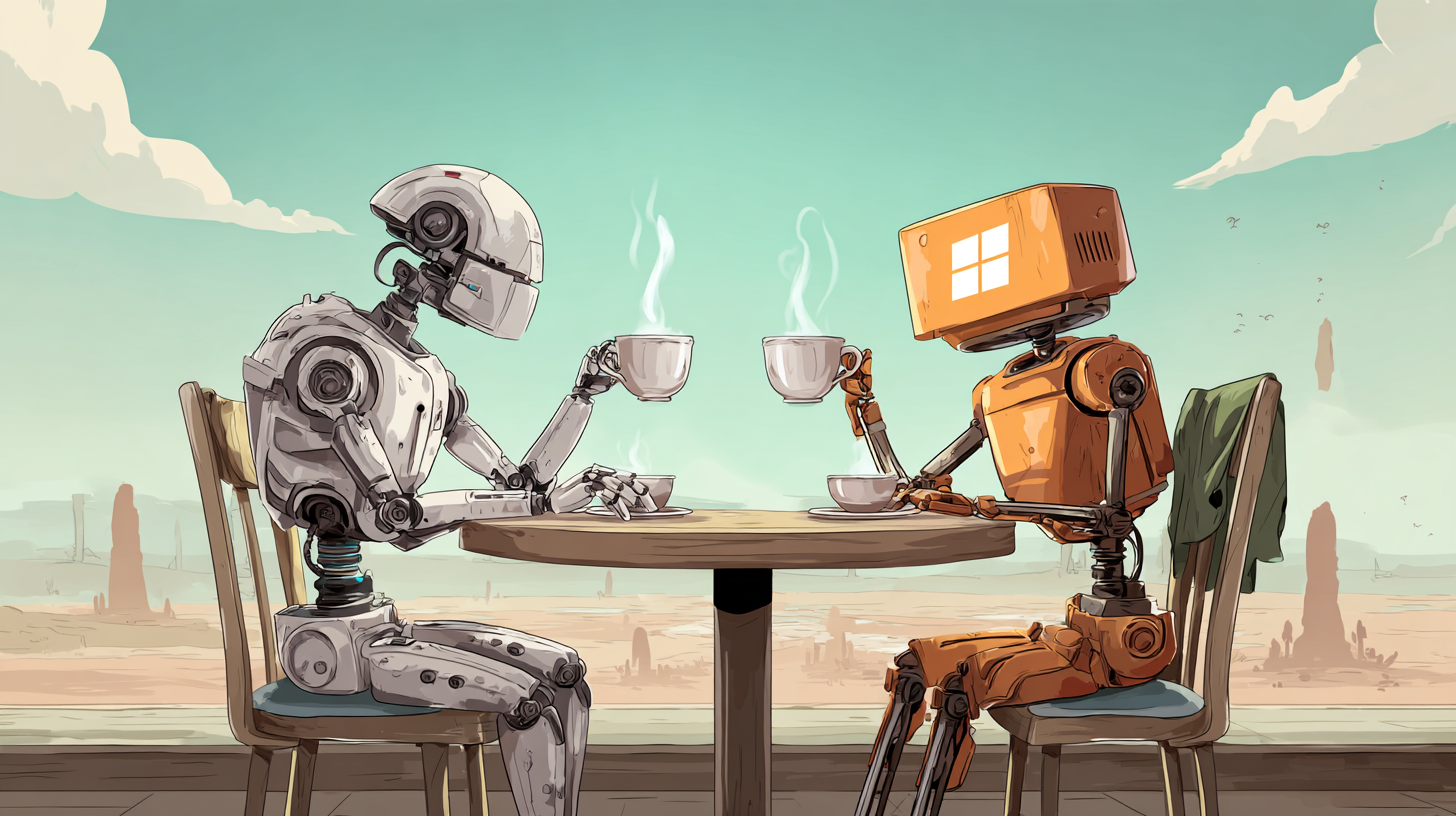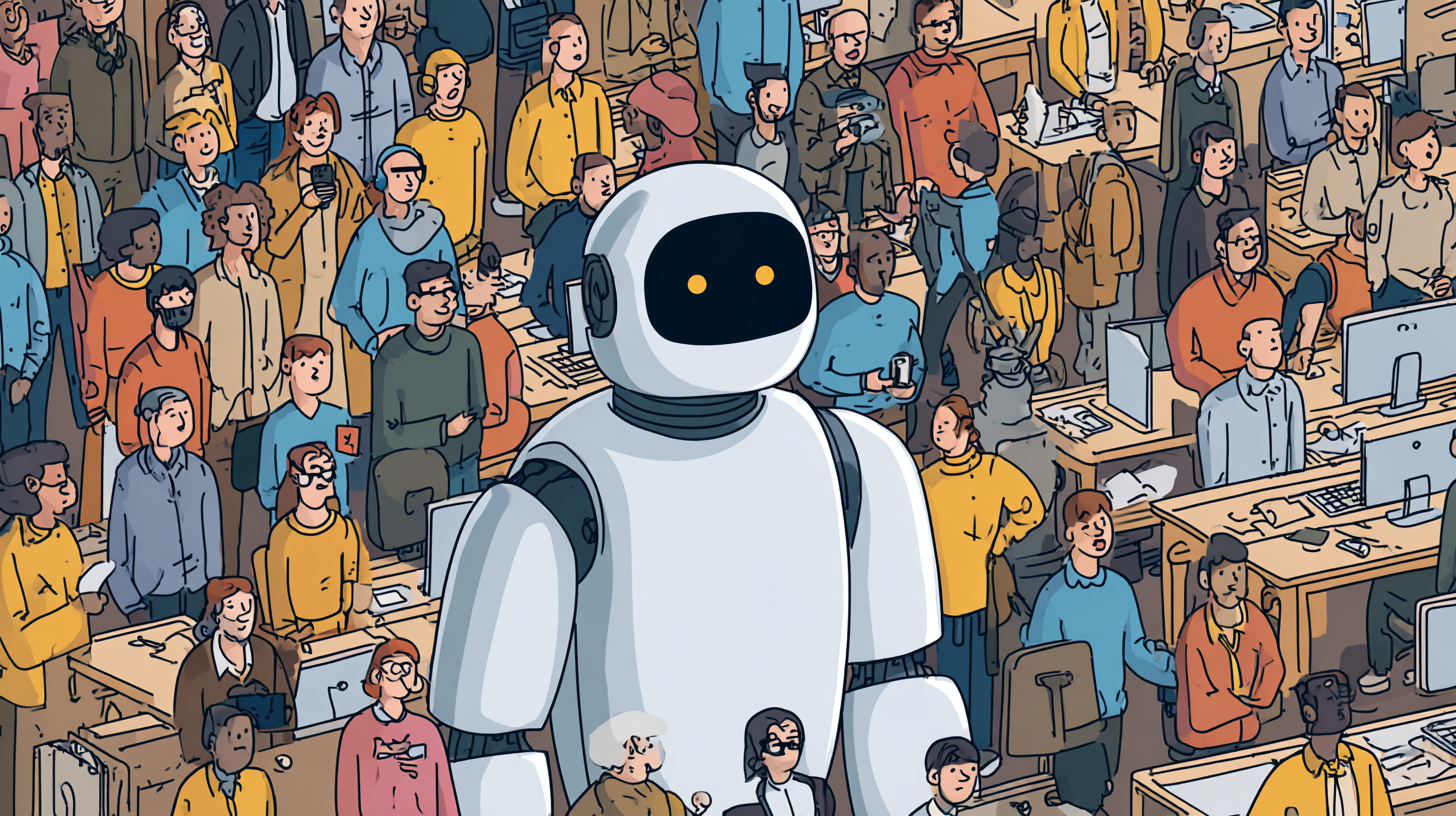Picture this: a global CEO shouts from the rooftops that AI is freeing up hours for every worker, promising liberation from busywork. But at the average office desk, real employees are muttering about new hurdles, confusing software prompts, and—ironically—longer task lists. If you’ve ever been promised a magic tool but found yourself wrestling with yet another system, you’re not alone. AI’s workplace arrival is messier, more fascinating, and (sometimes) more frustrating than the hype admits.
Big Promises, Tangled Realities: Why AI Hype Isn’t Matching the Daily Grind
The AI Workplace is buzzing with promises—media headlines claim tools like ChatGPT and Microsoft Co-Pilot will “save 12 hours a week,” and Amazon’s CEO touts a “crazy amount of time” saved. But for many employees, AI Productivity feels more like a modern headache than a magic wand. According to the Upwork Research Institute, 47% of AI users don’t know how to achieve the expected productivity gains, and 77% actually feel their workload has increased. Real-world AI Integration often means new obstacles, not just shortcuts. There’s a growing disconnect between leadership’s AI Impact expectations and the daily reality for teams. As Professor Walid Hejazi puts it,
“AI is not a strategy. AI is a tool to achieve a strategy.”Until organizations rethink how they embed AI, Workplace Efficiency will remain an elusive promise.
When AI Isn’t a Magic Bullet: Confusion, Workarounds, and the ‘Hidden Tax’ on Workers
In today’s AI workplace, simply adding generative AI tools like ChatGPT or Microsoft Co-Pilot rarely delivers instant productivity. Research shows that 47% of employees using AI don’t know how to unlock the AI productivity their managers expect. Instead, these tools often feel like optional add-ons, not seamless solutions. Workers are left asking, “When do I use the bot? Can I trust what it creates?” The time “saved” by generative AI—about 2.2 hours weekly—often gets eaten up by editing, fact-checking, and even worrying about plagiarism. As Professor Walid Hejazi puts it,
“AI is not a strategy. AI is a tool to achieve a strategy.”Yet, oversight and constant relearning add a hidden tax to the workload, making AI challenges in the workplace more complex than headlines suggest.
The Relentless Pace of AI Evolution: Chasing the Next Big Update (and Losing Track)
AI Adoption is skyrocketing—78% of organizations now use AI in the workplace, up from just 55% last year. But for many employees, this rapid AI Integration feels less like progress and more like a treadmill. As soon as teams get comfortable with a new AI tool, another “better” version arrives, demanding fresh AI Training and adaptation. Keka DasGupta, vice-chair of CERIC, captures it perfectly:
“Every time staff get comfortable, the pace picks up again, faster than before.”The relentless cycle leaves workers and trainers alike frustrated, as stability is traded for speed. Change-fatigue sets in, with each rollout requiring not just technical skills, but emotional energy too. Often, critical training is skipped, leaving even eager adopters struggling to keep up in this ever-evolving AI workplace.
What We’re Missing: Imagination, Innovation—and Not Just Automating Old Problems
Despite the hype around AI in the workplace, most organizations still use AI to automate yesterday’s chores—think annual performance reviews—rather than reimagining work itself. As Gabriela Burlacu from the Upwork Research Institute puts it,
“We’re still using AI to digitize yesterday’s chores, rather than rethinking what’s possible.”Research shows that 77% of employees feel AI tools add to their workload, not reduce it. The real opportunity lies in AI creativity and AI learning: using these tools to spark new ways of working, not just faster paperwork. Yet, a lack of creative vision leaves much of AI’s transformative potential untapped. Companies need to ask, “What could work look like?”—not just, “How do we make this faster?” True AI integration means weaving innovation into strategy, unlocking workplace reinvention beyond simple automation.
On the Front Lines: Listening to Employees and Learning from Real Experience
In the modern AI workplace, real progress starts with listening. While headlines boast about AI saving hours, employee feedback tells a more complicated story. According to the Upwork Research Institute, 77% of workers felt AI tools actually added to their workload, not reduced it. Experts like Gabriela Burlacu and Keka DasGupta stress that leaders must look past data points and engage directly with staff through surveys and open feedback loops. Clear communication, ongoing support, and AI training tailored to real user needs—not just flashy launches—are essential. As DasGupta puts it,
‘The best AI strategies are built in conversation with the people using them.’Collecting real stories and fostering two-way dialogue helps organizations build trust and adapt. In short, genuine improvement comes when employees are brought along for the ride, not left scrambling to keep up.
Wild Card: If AI Could Take a Coffee Break...
Imagine an AI agent at the water cooler in today’s AI Workplace—what would it overhear? Probably a mix of nervous jokes about redundancy, bursts of optimism, and a lot of plain confusion. Would AI Agents work better if they could pause for breath, just like real workers? Maybe they’d finally “get us” after a sip of that infamous breakroom coffee. As one employee quipped,
‘Maybe if AI had to drink bad coffee every morning, it’d finally understand us.’
Research shows that successful AI Integration is less about algorithms and more about empathy and hands-on practice. What if managers had to tackle the same learning curve as staff—mandatory prompt-writing bootcamps, anyone? Treating AI like learning to drive a car—where real-world testing trumps reading manuals—highlights the need for patience, creativity, and a willingness to rethink how work really gets done.
Conclusion: Strategy, Humanity, and the Real Promise of AI at Work
AI in the workplace isn’t a magic wand—or a modern headache. As research shows, 77% of managers are adopting AI tools for improved workplace efficiency, but real AI productivity only emerges when leaders and employees shape the journey together. The latest insights from The Globe and Mail highlight that AI integration must go beyond new software; it requires strategy, training, and open communication. As Professor Walid Hejazi puts it,
‘Change is hard in the best of times.’True workplace efficiency comes from blending technology with human creativity and adaptability. The future of the AI workplace remains unwritten, and success depends on collaboration, feedback, and a willingness to rethink what’s possible. Companies that invest in people—not just platforms—will unlock the real promise of AI integration and productivity.
TL;DR: While AI is hyped as a tool to turbocharge workplace productivity, most workers say it’s complicated. Companies need thoughtful strategies, honest communication, and real employee support to unlock AI’s true potential—for efficiency and creativity alike.



